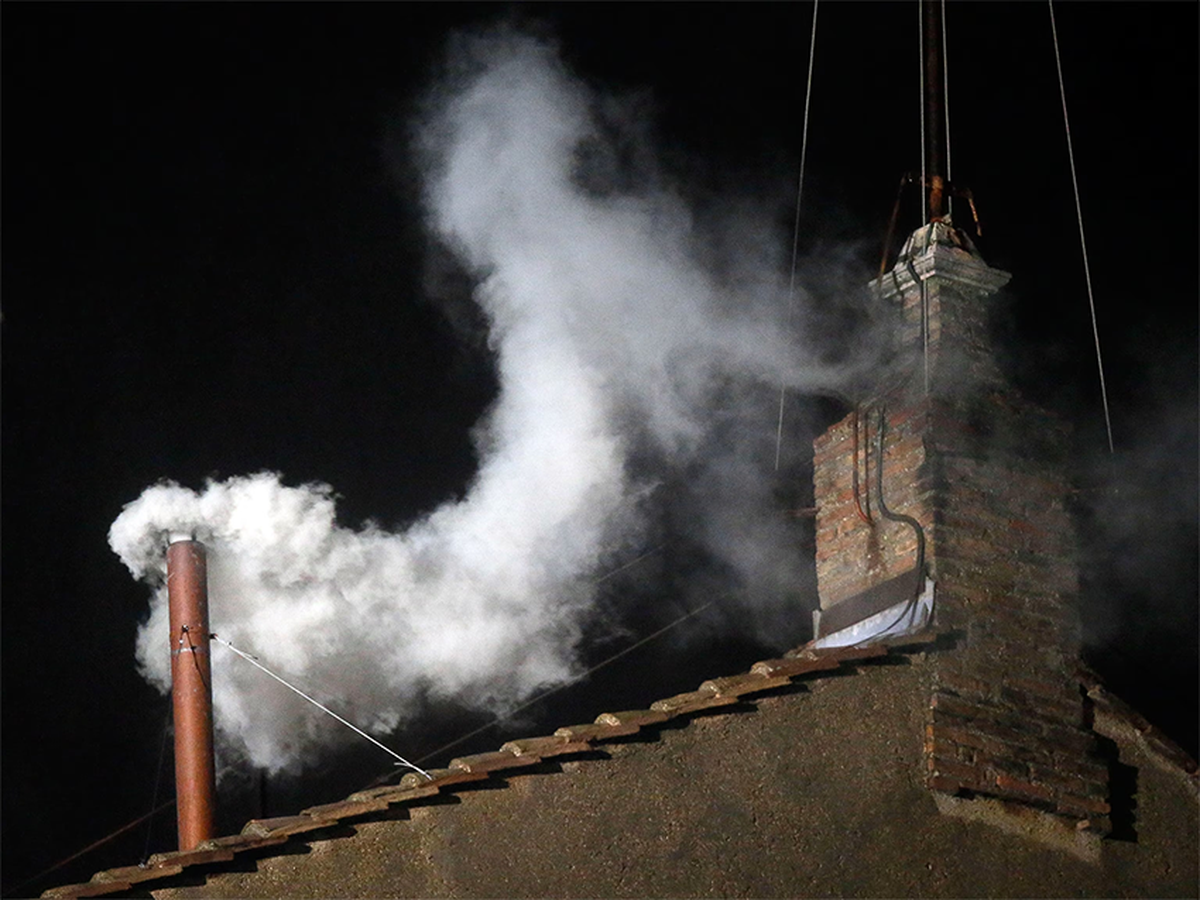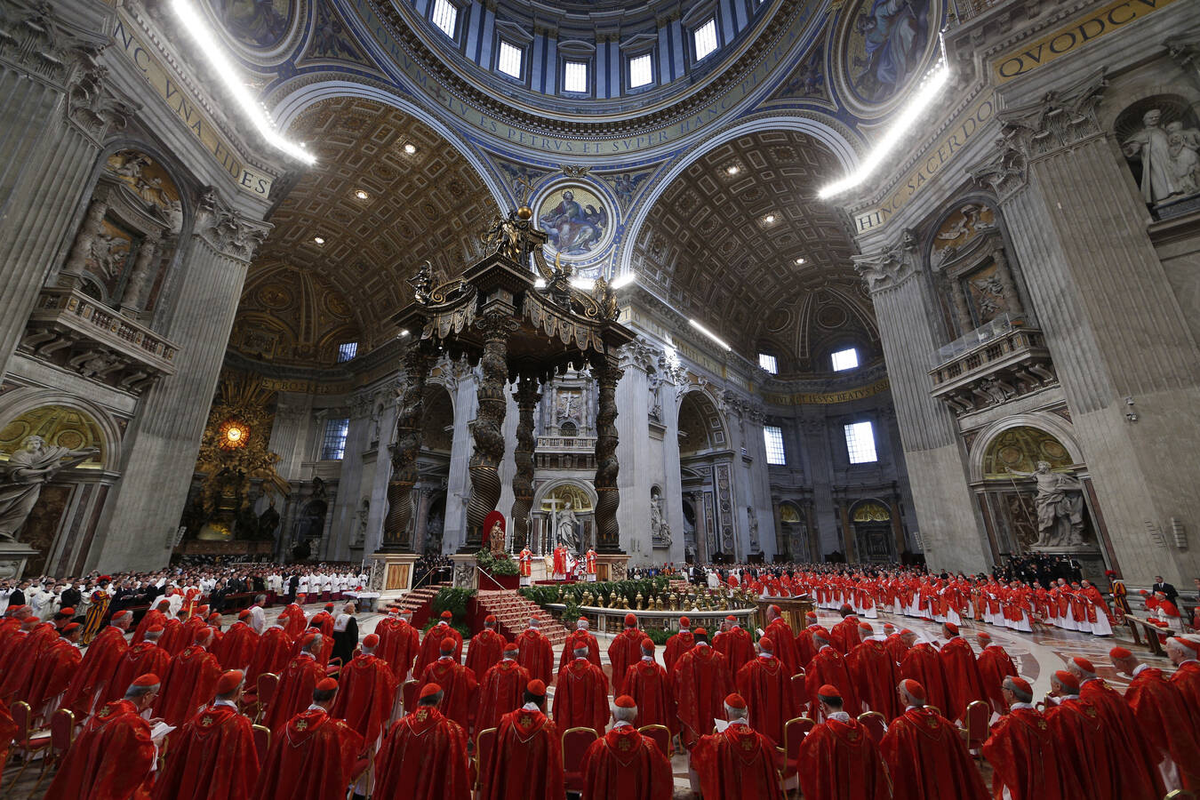21/04/2025
21/04/2025

File Photo: White smoke emerging from the chimney on the roof of the Sistine Chapel at the Vatican on March 13, 2013 signals the selection of the new pope
VATICAN CITY, April 21: Following the death of Pope Francis on April 21, 2025, the Roman Catholic Church has initiated the traditional process to elect his successor, as outlined in the Apostolic Constitution Universi Dominici Gregis. This procedure, refined by Pope Benedict XVI in 2007 and 2013, encompasses several key stages:

1. Confirmation of Death and Initiation of Sede Vacante
The Camerlengo (Chamberlain), currently Cardinal Kevin Farrell, officially confirms the Pope's death. This marks the beginning of the sede vacante ("vacant seat") period, during which the Camerlengo oversees the Church's day-to-day affairs. Major decisions or doctrinal changes are deferred until a new pope is elected. The Pope's residence is sealed, and his Fisherman's Ring and lead seal are destroyed to prevent misuse.
2. Funeral Rites and Mourning Period
Pope Francis had previously simplified papal funeral rites in 2024, emphasizing humility over grandeur. His funeral Mass is expected to be held in St. Peter's Square, followed by burial in the Basilica of St. Mary Major, reflecting his devotion to the Virgin Mary. The Church observes a nine-day mourning period (novemdiales) before proceeding to the conclave.
3. Convening the Conclave
The College of Cardinals, comprising members under the age of 80, convenes in the Sistine Chapel for the conclave. They are sequestered from the outside world, with strict measures ensuring confidentiality. The conclave begins with the phrase "extra omnes," signaling all non-participants to leave.
4. Election Process
Cardinals vote up to four times daily, requiring a two-thirds majority to elect a new pope. If no candidate achieves this majority after 13 days, a runoff between the two leading candidates occurs, still necessitating a two-thirds majority. Ballots are burned after each voting session: black smoke indicates no decision, while white smoke signifies a successful election.
5. Acceptance and Announcement
Upon election, the chosen cardinal is asked if he accepts the papacy and what name he wishes to take. If accepted, he becomes the new pope. The senior cardinal deacon then announces "Habemus Papam!" ("We have a pope!") from the balcony of St. Peter's Basilica, and the new pope delivers his first blessing.
This meticulous process ensures a smooth transition and continuity in the leadership of the Catholic Church.

File Photo: Cardinals gather at St Peters Cathedral, Rome


